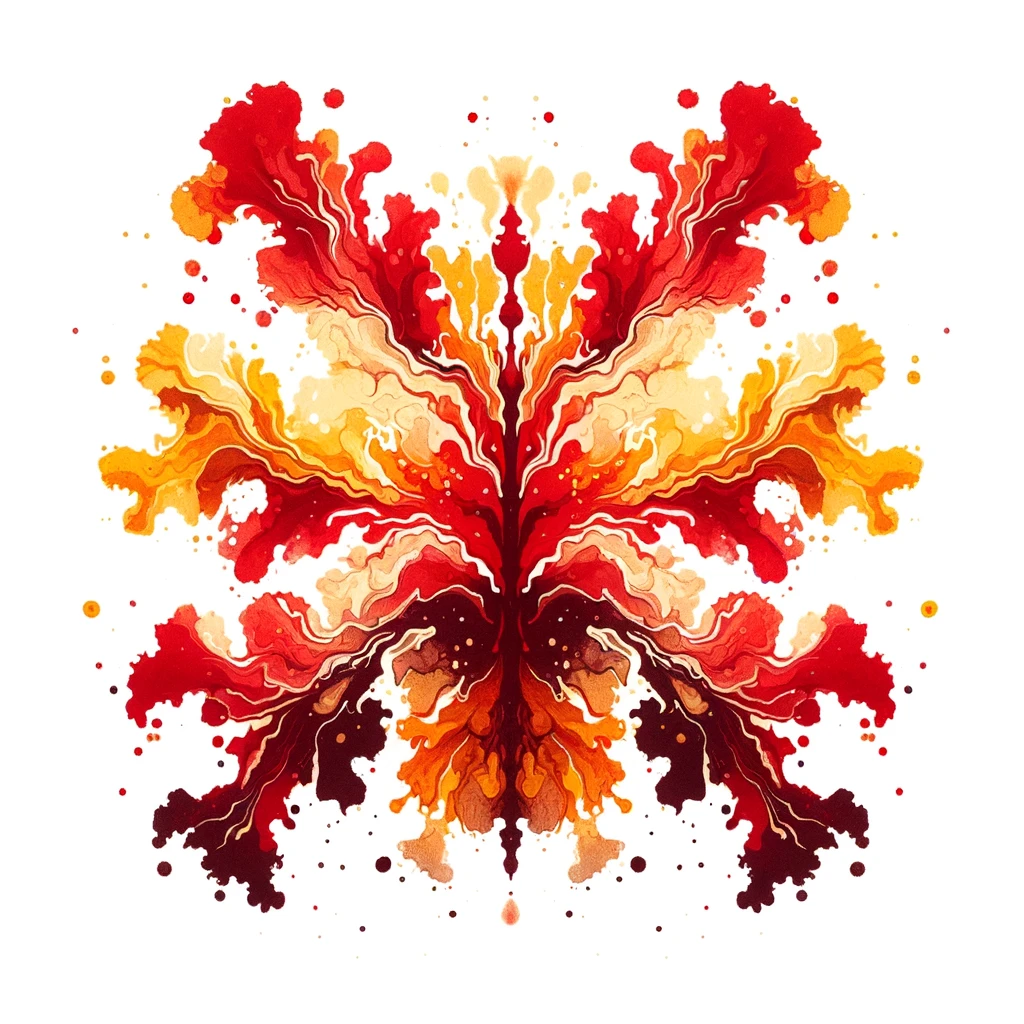The Addiction Economy: psychological and social effects
The addiction economy – how modern business models exploit our psyche Introduction The addiction economy thrives on addictive design – the creation of appealing digital products and services that capture users’ attention. Findings from psychology and behavioural science are used in such a way that they bind users to them as strongly as possible, leading […]
The Addiction Economy: psychological and social effects Read More »




